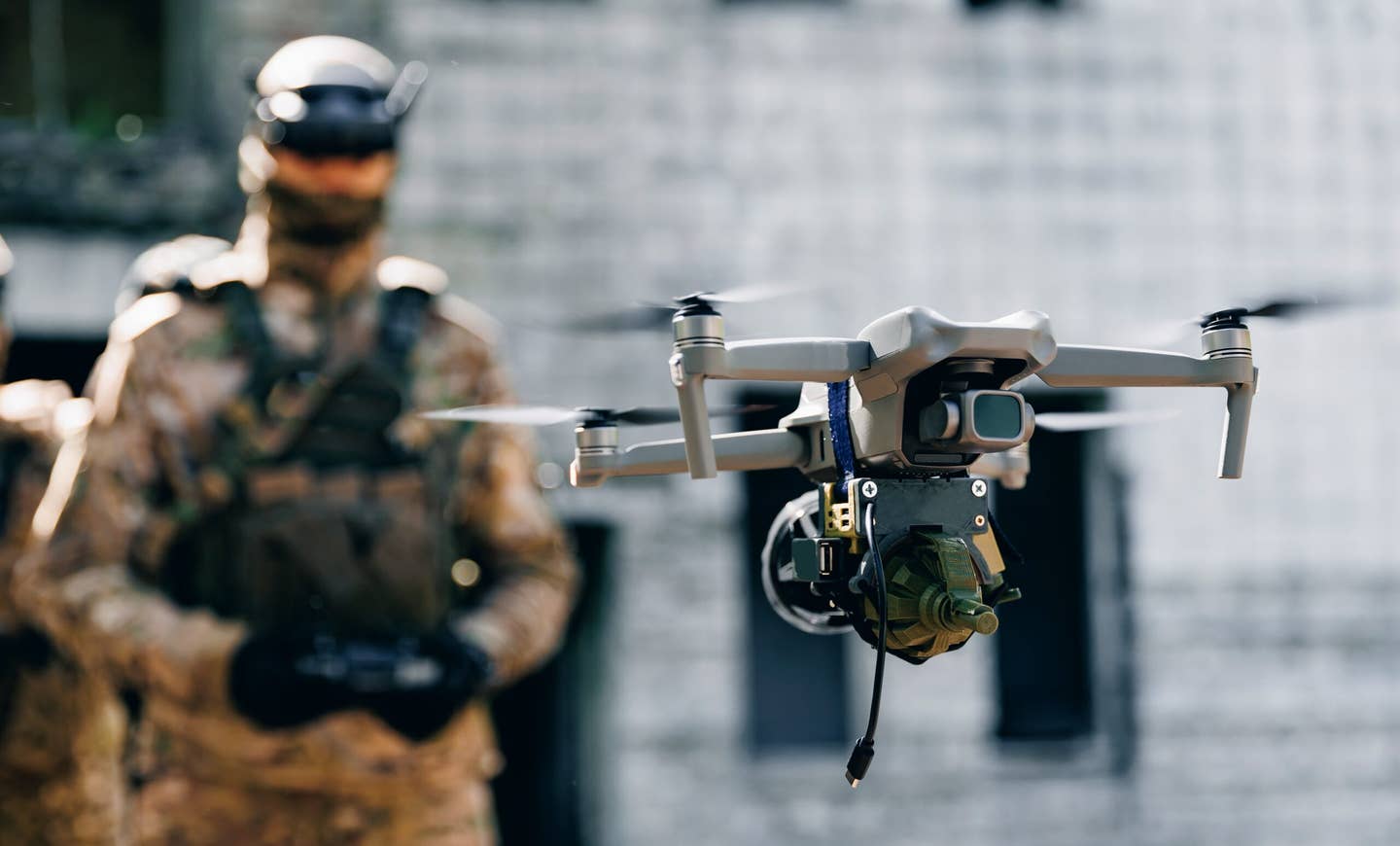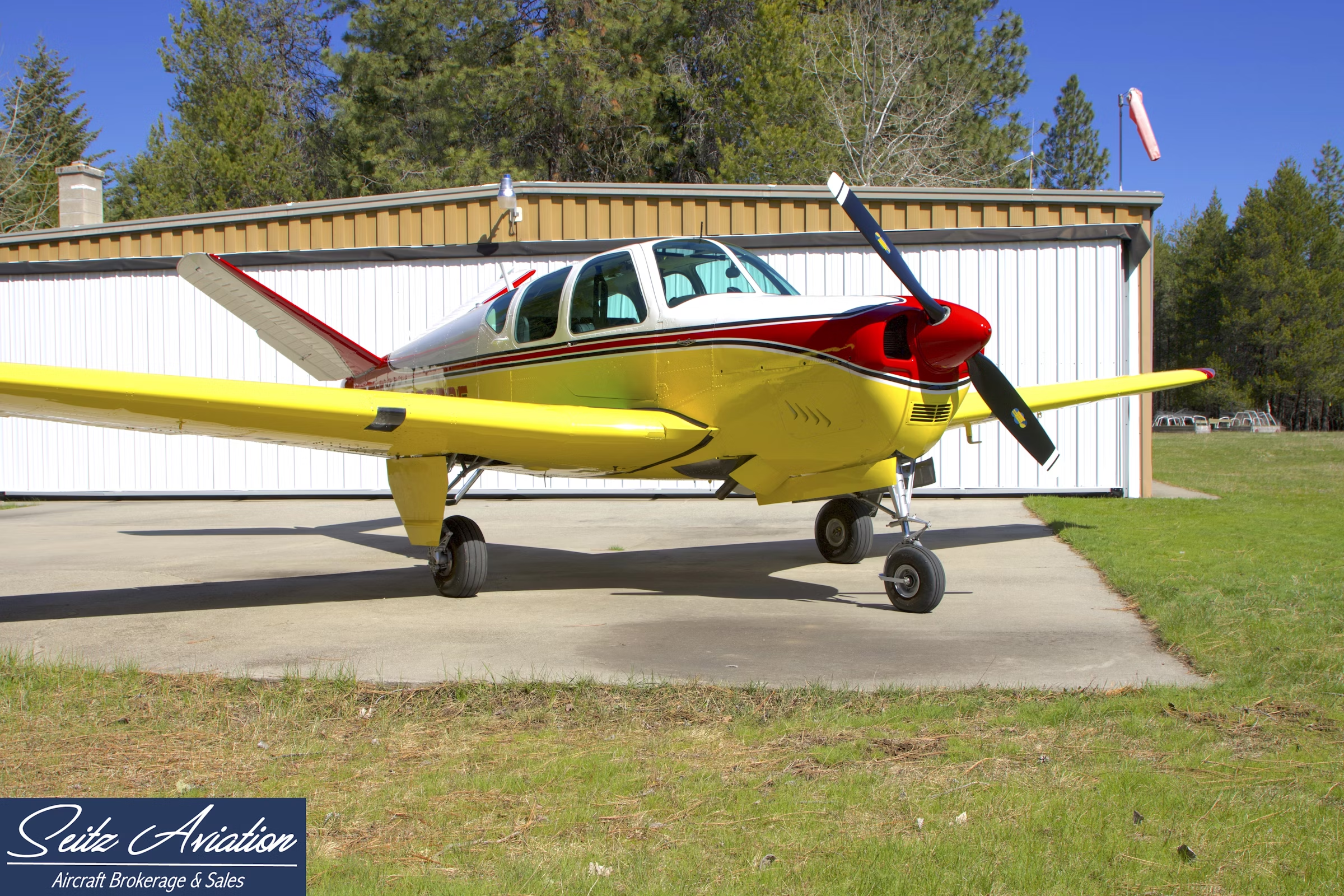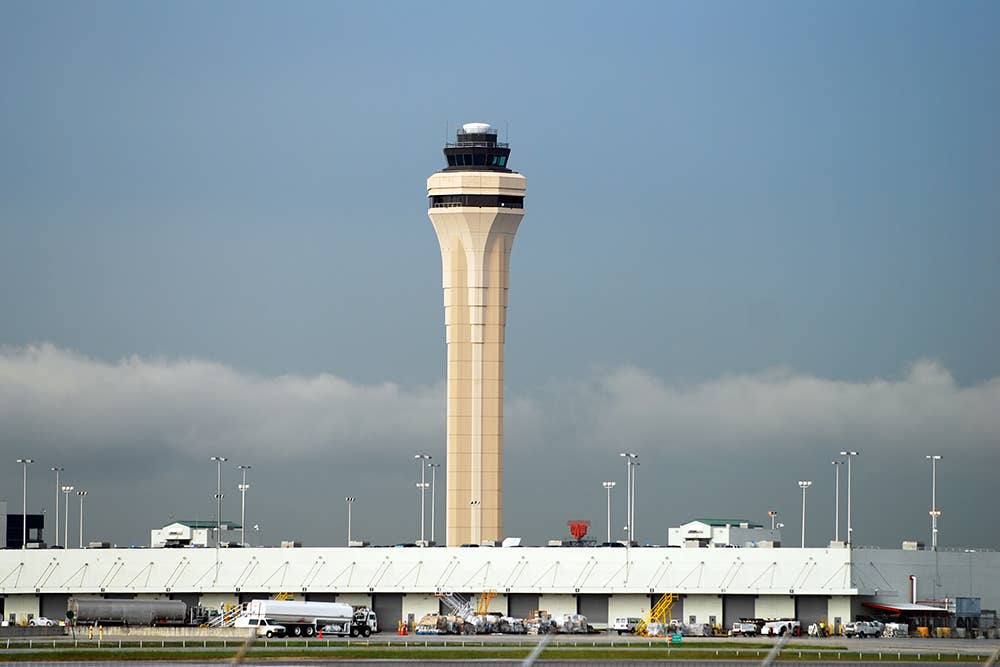The Current State of Airline Hiring
Here’s how pilot job openings have evolved lately.
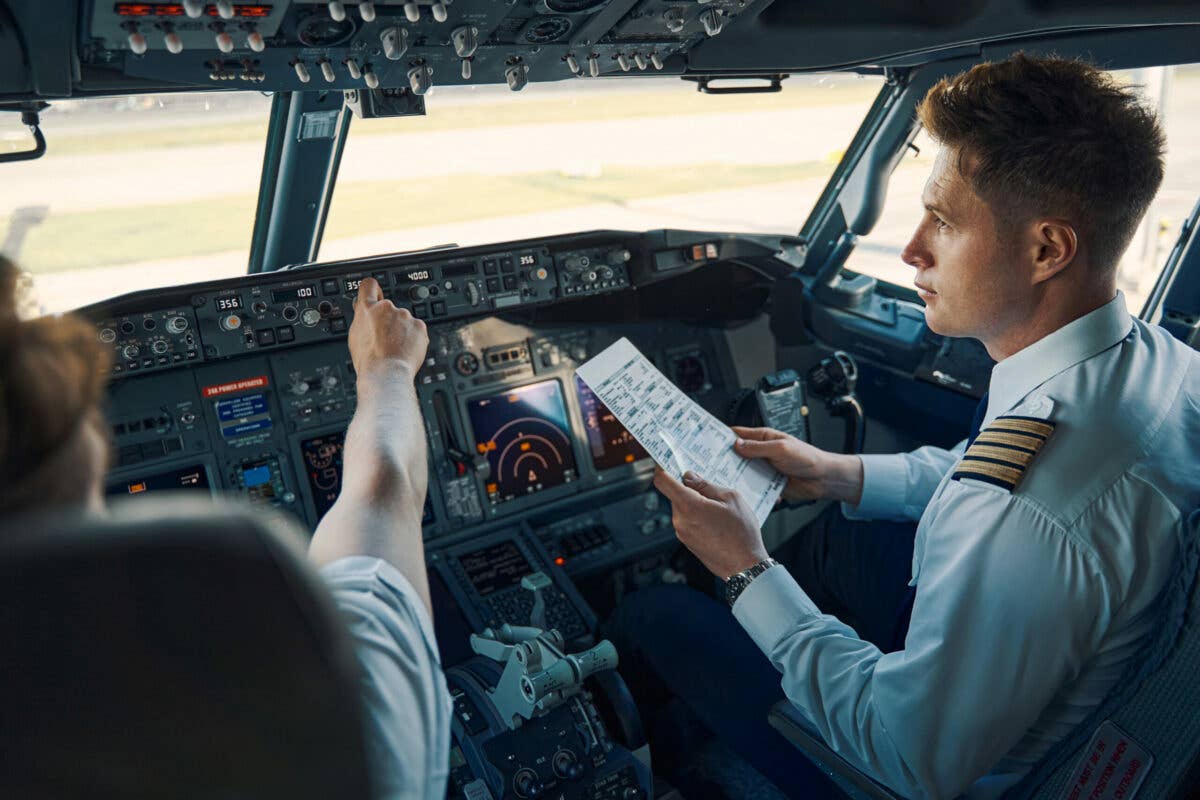
Airline pilots [Credit: iStock]
In recent months, pilot hiring has returned to normal pre-pandemic levels. Roughly 5,000 airline pilots were hired across the board in 2024, down from 13,000 a couple years prior.
This has created a condition that seems unbearably slow for pilots that launched their careers after the COVID-19 pandemic, particularly those still training or working in entry-level pilot and flight instructor positions. Yet the slowdown is not inherently a bad sign. A return to normal was always inevitable, and the industry has ups and downs that veterans are sometimes painfully accustomed to.
But still the question remains: How exactly is hiring right now? Should pilots be worried? And what can you do to stand out in a career that can be so volatile?
Who Is Hiring?
Despite the impression that jobs have dried up, many U.S. airlines are still hiring. Regional airlines such as Endeavor Air, Horizon Air, Republic Airways, and Piedmont Airlines are not only hiring but are actively recruiting with advertisements, emails, and presences at airshows and recruiting events.
For pilots at low-cost and regional airlines, majors such as American, Delta, and United are looking for new crewmembers. Even some major private operators such as NetJets and Flexjet are at least expanding their talent pool.
- READ MORE: Pilot Hiring Nosedives in 2024
Hiring for other crewmember roles is also ongoing. Many carriers are still running flight attendant classes. The demand for cabin crew is often higher than that for pilots, as larger aircraft require more flight attendants than pilots. While some regional jets only require one or two cabin crew, most mainline jets require four or more flight attendants for just two pilots.
However, one field is still full steam ahead. While the airline pilot market became saturated in 2023 and ’24, there is still a significant shortage of aircraft mechanics, as the deficiency created during the pandemic was never fully addressed, and there aren’t as many places to train mechanics as there are pilots. Thus, demand for qualified and eager mechanics is still strong for those interested in aviation maintenance careers.
Will Hiring Continue Drying Up?
Though the market feels slow, there are hints that a mild uptick may be on the horizon. Most major airlines cite Boeing delays and Pratt & Whitney engine inspections as the reason they aren’t hiring. Fewer available aircraft means less capacity, which thereby equals less need for pilots.
Yet Boeing 737 deliveries are already outpacing 2024 numbers despite the fact that the U.S. Department of Transportation is still monitoring and limiting the number of aircraft Boeing can build. And with over a year since Pratt & Whitney issues were discovered, Airbus is working through A320 and A220 family woes.
While this probably won’t signal a dramatic swing like the industry saw during the recovery from the pandemic, it may signal that hiring can maintain at least current levels if not higher at major airlines. Should the majors continue their efforts, the traditional trickle-down for regional and CFI hiring should continue as well.
This may remain true as many airlines expect another pilot retirement wave over the next few years, albeit a smaller and more gradual one than was seen in 2020. While these potential changes don’t guarantee another big hiring push by any stretch, they should offer a touch of optimism that all hope is not, in fact, lost for new pilot hopefuls.
This is not to say the future is entirely perfect. In fact, some airlines are scaling back some capacity in preparation for forecasted economic headwinds later in the year.
United and Delta, for example, are both slowing their growth projections despite the fact they announced strong first-quarter financial results. These readjustments will likely have an impact on their hiring in the immediate future and may balance out some of the benefits found from retirements and extra aircraft deliveries.
What Should I Be Doing Now?
Though the industry has become used to a case where pilots could reach their ATP minimums, stop flying, and go immediately into airline class, that is no longer the case. On the contrary, continuing to fly is one way or another is the best way for instructors to help themselves land jobs and succeed in training down the line.
If you already have a job, don’t give it up without good cause. If you must, seek potential new options early to maintain currency and proficiency leading up to your next big break.
Many pilots choose to supplement their work flying with personal flying and time building, while others rely more heavily on paying for flight time. Regardless, maintaining a constant flow is imperative to ensuring the knowledge and skill required for a career in aviation. Equally, when looking for new jobs, employers usually look for some level of currency in new applicants as part of the hiring process.
As always, making connections can be a critical part of the hiring process. Whether it’s with a private jet operator, regional airline recruiter, or major carrier pilot, new pilots often utilize a strong network to land their dream job and advance their careers.
In the same vein, it is never a bad idea to start a career in aviation. Whether you’re contemplating becoming a pilot, flight attendant, or mechanic, start your training and do your research now so you can catch the next hiring wave when it comes. It is those who start their prep in the slow times that are at the front of the line when things pick back up. The more qualified you are now, the better off you will be later when conditions improve again.
While not what it was in the last year, the pilot hiring environment still has opportunities available. Keep working on staying current, qualified, proficient, and safe, and your time will come.
This story was updated.
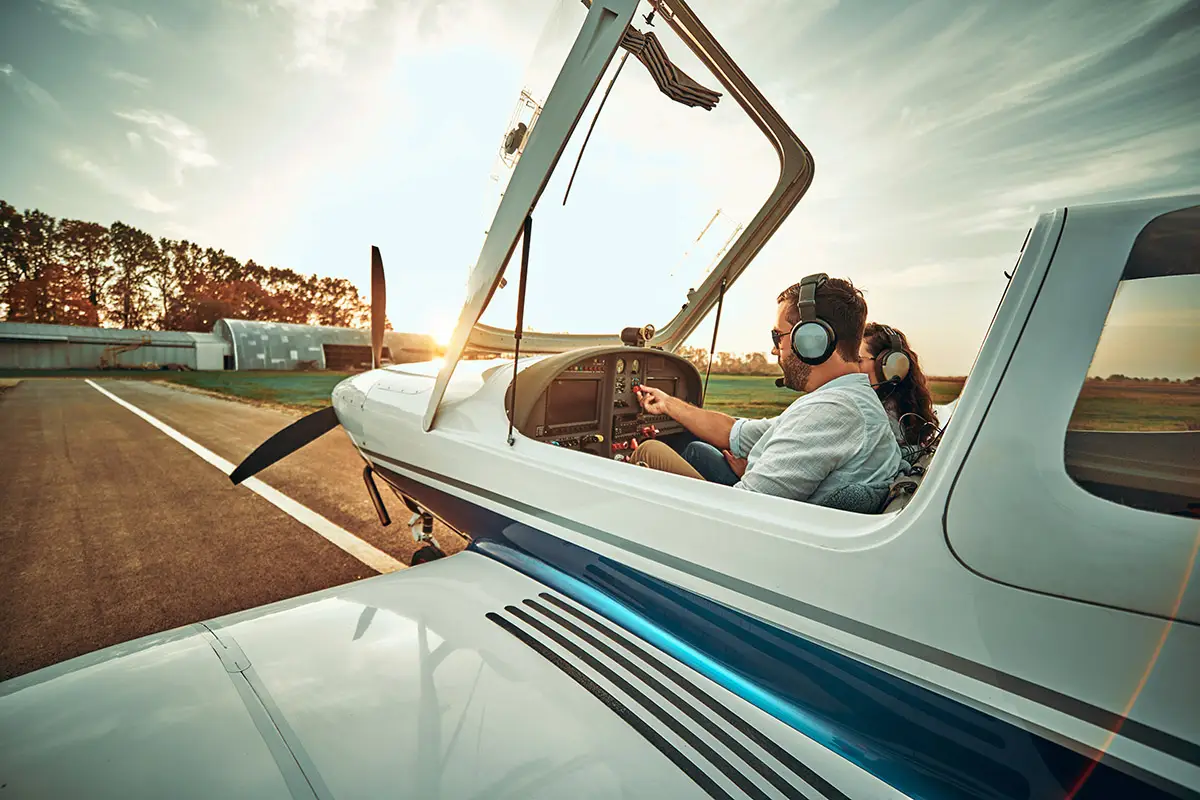
Sign-up for newsletters & special offers!
Get the latest FLYING stories & special offers delivered directly to your inbox

